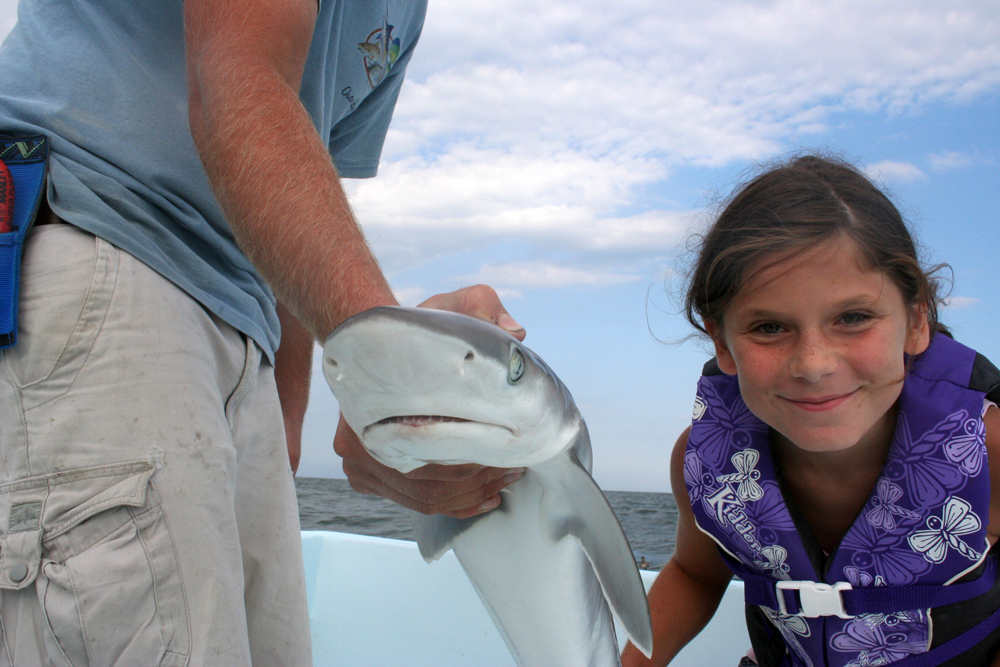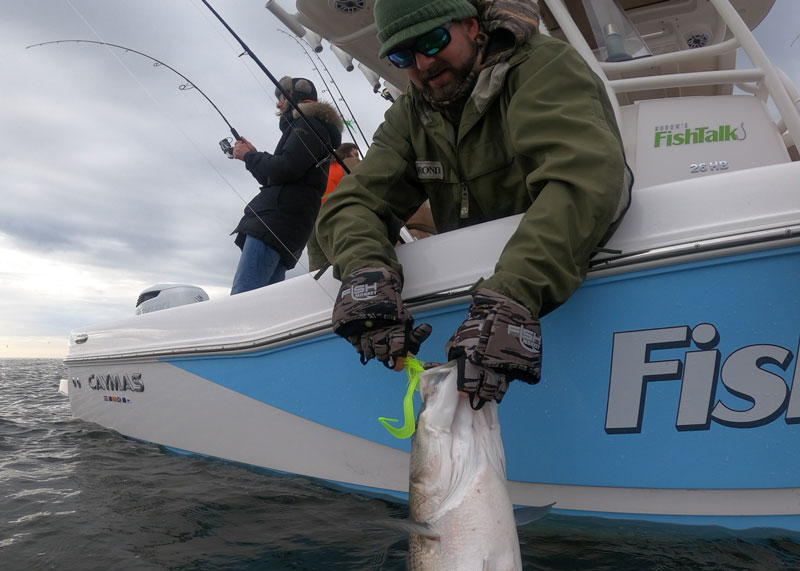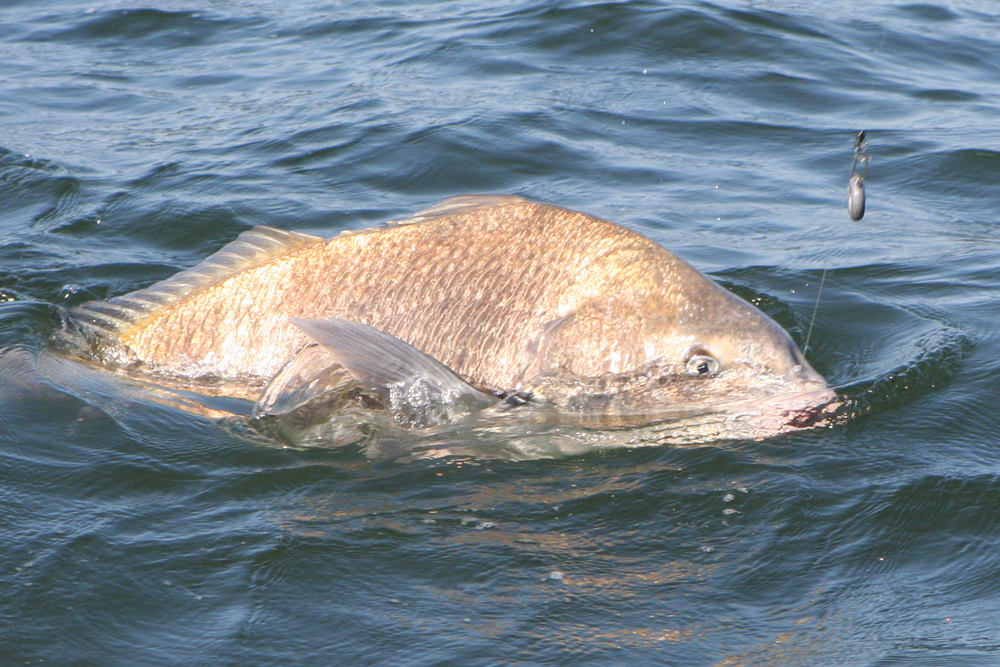We Chesapeake Bay fishing fanatics all want to understand how our fisheries are being managed, but there’s a lot of miscommunication – and no shortage of issues to cover – when it comes to natural resource management.

Federal Legislation
The fishery law that governs all of us is called the Magnuson-Stevens Act (MSA). The MSA dictates a framework of management for most fisheries from three to 200 miles off our coast. At the turn of the century, stocks were collapsing all around the country. In 2006, the MSA was reauthorized and things began to turn around. In fact, the number of overfished stocks has plummeted in the last decade. We have the best fisheries of any developed country and it’s likely because of MSA. Annual catch limits and rebuilding timelines were instituted for most species, and the recovery has been incredible. Unfortunately, there’s an effort underway to undermine these advances. Currently, the Senate is reviewing a bill called S.1520, the Modernizing Recreational Fisheries Management Act (Modern Fish Act), which unfortunately would remove the tools that managers have used to stabilize our marine resources.
Recreational and commercial fishermen need abundant fish to catch, which can only occur with science-based management that conserves fish stocks now and for the future. Fishermen of all types recognize that healthy fish stocks require effective management and accurate data of how many and what types of fish are taken from the water, but the Modern Fish Act doesn’t find workable solutions to the issues. We owe our kids the same opportunities we have – we should not leave them with less.
Menhaden
Back in 2017 we lost a long-fought battle over menhaden. Again. Quotas were increased, and the Atlantic States Marine Fisheries Commission (ASMFC) decided to kick the can down the road by not managing menhaden for their ecological significance. Omega protein lands the lion’s share of menhaden from their facility in Reedville, VA., and even though the quota was increased, Virginia filed an appeal essentially stating that they need more quota, and felt harmed by the decision.
At one ASMFC meeting, Virginia pulled the appeal for more quota – and we all knew something was not right. Menhaden was the only fish managed by the legislature in Virginia, so the legislature must vote to approve the menhaden quota. Editor's note: since then management has been shifted to Virginia Marine Resources Commission (VMRC), like other fish. At the time, Omega was pushing the legislature to go out of compliance with the decision. Anytime a state goes out of compliance, it throws fisheries management into a tail spin. Recently, states had gone rogue on red snapper and flounder. The appeals process goes all the way to the Secretary of Commerce, and in both instances, the ASMFC, the National Oceanic and Atmospheric Administration, and the National Marine Fisheries Service were ignored and overfishing was allowed. So, we don’t have a lot of hope that the compliance issue would be solved in favor of menhaden.
All this might seem bleak for those bunker, but in the eleventh hour the Governor of Virginia at the time, Ralph Northam, stepped in and gave some much needed direction. Governor Northam directed the Virginia legislature to accept the decision of the ASMFC. Since then, however, little progress has been made. The ASMFC did at one point lower the harvest cap by 10 percent, but then the Virginia legislature declined to study the connection between menhaden and ecology, economic, and fishery impacts. The battle goes on.
Striped Bass
Non-offset circle hooks have been mandatory if you chum, live line or use bait for striped bass since 2018 in the Maryland portion of the Chesapeake Bay. In return, Maryland’s size limit was reduced to 19 inches for the season. Maryland initiated a circle hook study about 20 years ago, which showed that circle hooks reduce dead discards substantially as compared to J-hooks. In our sport there’s nothing worse than waste, so if circle hooks mean less floating stripers, then we need to embrace the change and do what’s best for the fish. Remember what Lee Wulff once said, “The finest gift you can give to any fishermen is to put a good fish back, and who knows if the fish that you caught isn’t someone else’s gift to you.” This was, however, just the first of many changes in striped bass management to take place from 2018 through 2024. A coastwide slot limit of 28- to 31-inches was imposed, and a new Chesapeake Bay slot limit of 19- to 24-inches went into effect. The Maryland trophy season has been eliminated, too, as has targeted catch-and-release fishing in April and the first half of May.

On a coastwide level, things don’t look great for stripers. Rockfish are managed under a fishing mortality rate, and not a catch limit based on pounds. But the threshold for the mortality rate has been passed and management mesure have steadily been ratcheting tighter and tighter.
This will not be an easy road, but we’ve done it before and we can do it again for striped bass.
Black Sea Bass
Black sea bass are now be managed regionally. The three regions will be Massachusetts to New York (with 61.5-percent of the), New Jersey (which gets 30.24 percent), and Delaware to North Carolina (at 8.41 percent). The ASMFC will work with the regions to develop proposals for review. Each region is tasked with consistency while being given flexibility for size and possession limits. There will also be a new process established to have better stability in the fishery.
Black Drum
Here’s the run down from ASFMC:
“The first coastwide benchmark stock assessment for black drum was performed in 2014 and approved for management use in 2015. Based on assessment results, black drum is not overfished and not experiencing overfishing. The median biomass is estimated to be declining slowly, though it is still estimated to be well above that necessary to produce maximum sustainable yield.
Black drum are a data-poor species. Their rarity and complex migratory patterns lead to highly variable levels of encounter in state surveys and fisheries. Further, limited size composition data has been collected, making the use of age-structured models unreliable. For these reasons, data-poor, catch-based modeling methods were used for the assessment. These models estimate reference points based on historical catch data and life history information.”

Black drum are harvested three times more by recreational fishermen (see How to Target Black Drum, to find out how to get in on the action), so the commercial contingent certainly has a point about opening the fishery in Maryland. However, we should be talking about getting better science as well as curtailing the recreational harvest. We all need to change the narrative on fish like black drum. Is it really necessary to kill a fish that live to be over 50 years old? Should we be killing the oldest fish that are indeed the best spawners? If we think about the future and what we leave for our children, the answer is undoubtedly no.
By Tony Friedrich
Editor's Note: This article was originally published in April of 2018 and was last updated in May of 2024 to reflect current changes in fisheries management and policy.